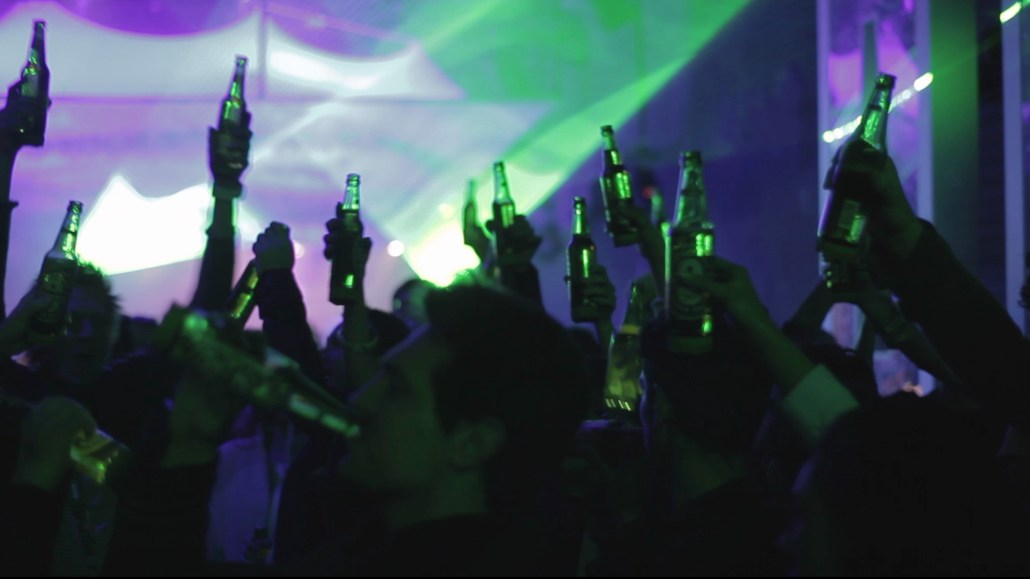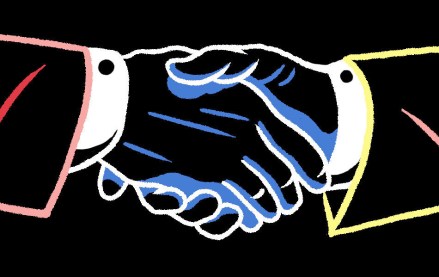Save 50% on a 3-month Digiday+ membership. Ends Dec 5.

A big trend is the merging of the digital and physical worlds. (Please don’t call this phygital. Really, please.) Heineken is the latest to take a stab at bridging virtual life with real life.
As part of its campaign “Heineken Ignite,” the beer brand, with the help of agency Tribal DDB, has come up with what they are calling the first “smart beer bottle.” The new bottle uses micro sensors and wireless networking technology to sense motion and lights up in response.
The bottle can also respond to music and the output of specific audio and data cues. For example, it can detect different kinds of motion like cheering, drinking or sitting idle on the bar counter. The bottle lights can be remotely activated, so that all bottles can be programed to synchronize to a music beat.
“We wanted to develop an idea that would re-invent the nightclub experience unlocking the power and possibilities of mobile innovation and technology,” said Paul Smailes, global head of digital at Heineken.
This interactive bottle design was part of an innovation workshop exercise the brand created to come up with a way to create an interactive experience with its bottles that uses mobile technology. Heineken used Tribal DDB’s “Spark” process which involves a set program of research, briefing, ideation, development, consumer validation and prototyping over a 10-week period.
“The hardest part of innovation is making it happen within the increasingly faster pace that new technologies and innovations are rolled out,” said Sandra Krstic, deputy managing partner at Tribal DDB Amsterdam. “Heineken recognized it needed to adopt the principles of lean start-ups.”
The brand is testing the Ignite bottle design during Milan Design Week. According to Smailes, the brand will continue to experiment with the bottle and concept in order to determine the next steps and whether or not it will be made available to the public.
The fly in the ointment here, of course, is price. Heineken didn’t say how much the prototype cost, but it’s a safe bet that a smart six pack would set you back a pretty penny.
Image via Heineken
More in Marketing

Future of Marketing Briefing: The tells and flops that will define Omnicom-IPG mega holdco
The real story will sit in how this newly fused entity behaves — whether it breaks from the patterns that defined both parents or simply scales them.

In Graphic Detail: CMOs at a crossroads of power and proof
CMOs are closing out another year defined by churn and shifting ground.

As Black Friday nears, fake apologies from brands are all over Instagram
Brands have taken to social media in advance of Bliack Friday to ask followers for forgiveness. The catch: They’re apologizing for their products being too good.





